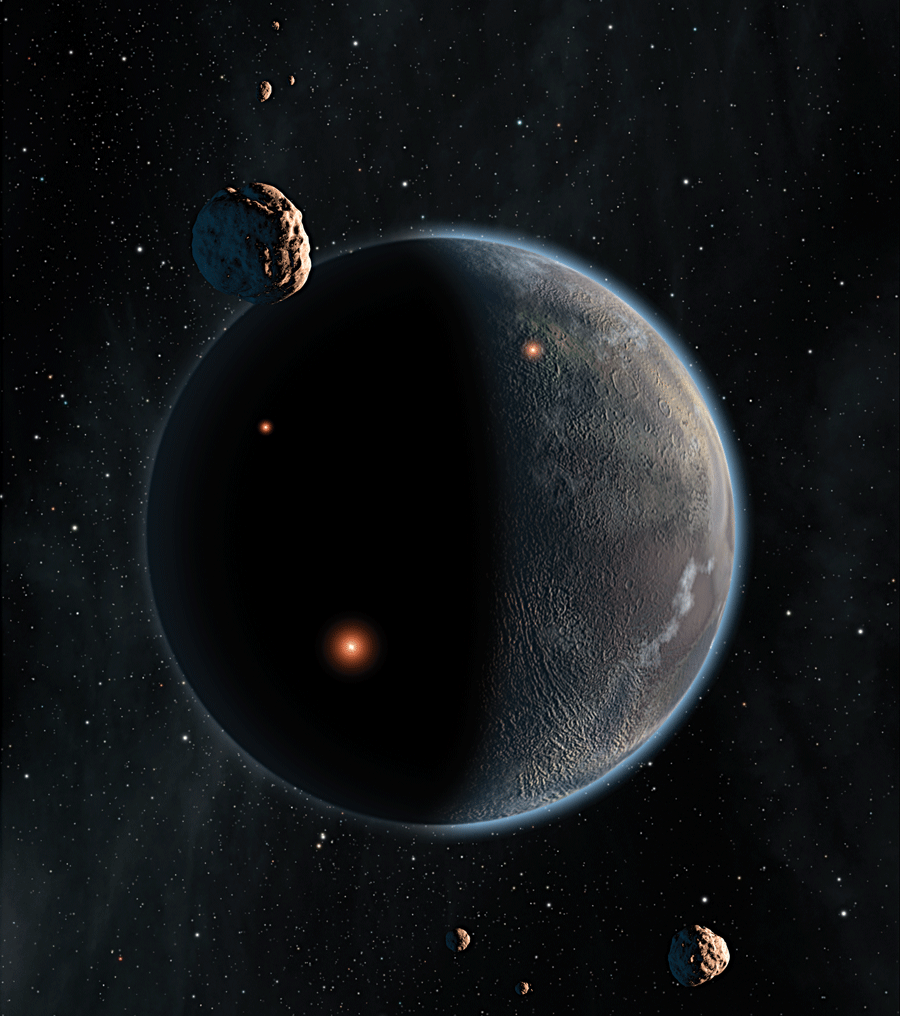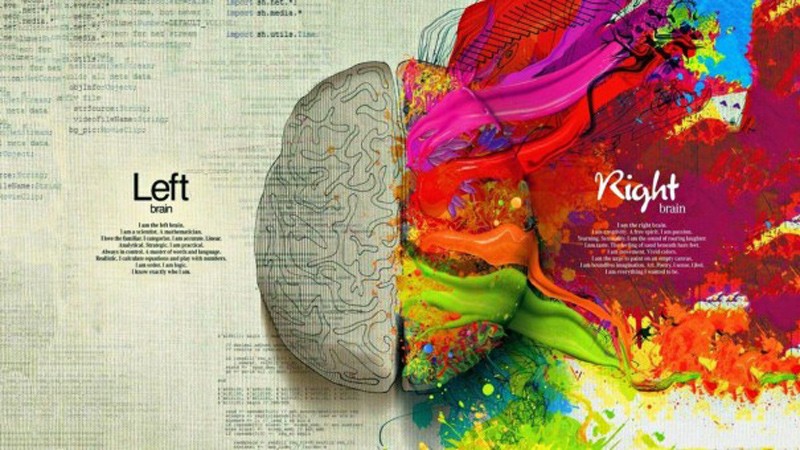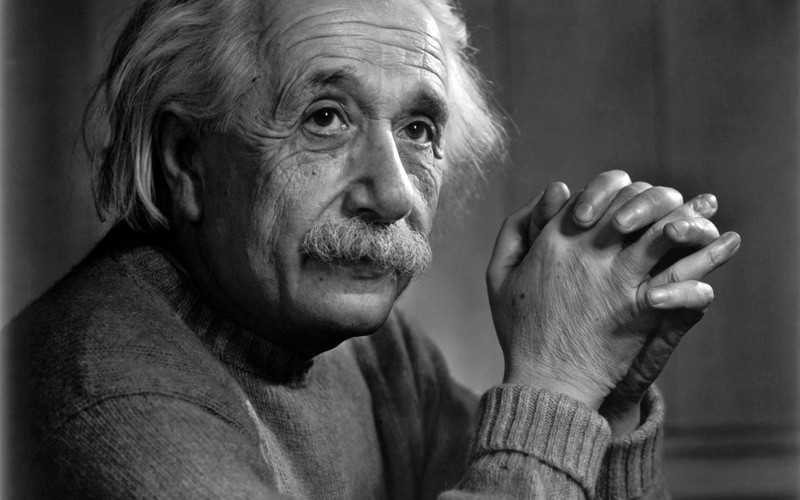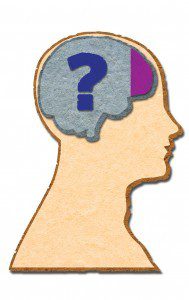
The answer is coffee. Coffee is drunk by around 80% of Americans. The large numbers call for extensive studies on the effect of this drug on the brain.
Caffeine is a stimulant. It has a similar molecular structure to adenosine, a chemical linked to us feeling tired. Caffeine binds to adenosine and stops it from working. Coffee does not wake you up but makes your body forget it is tired.
Taking that espresso in the morning makes your body increase the number of receptors to caffeine in the brain. This increase makes us dependent on that cup of coffee in the morning to reach normal functional levels. On the other hand, cannabis has minimal risk of long-term addiction.
Send in your science questions to think@um.edu.mt








